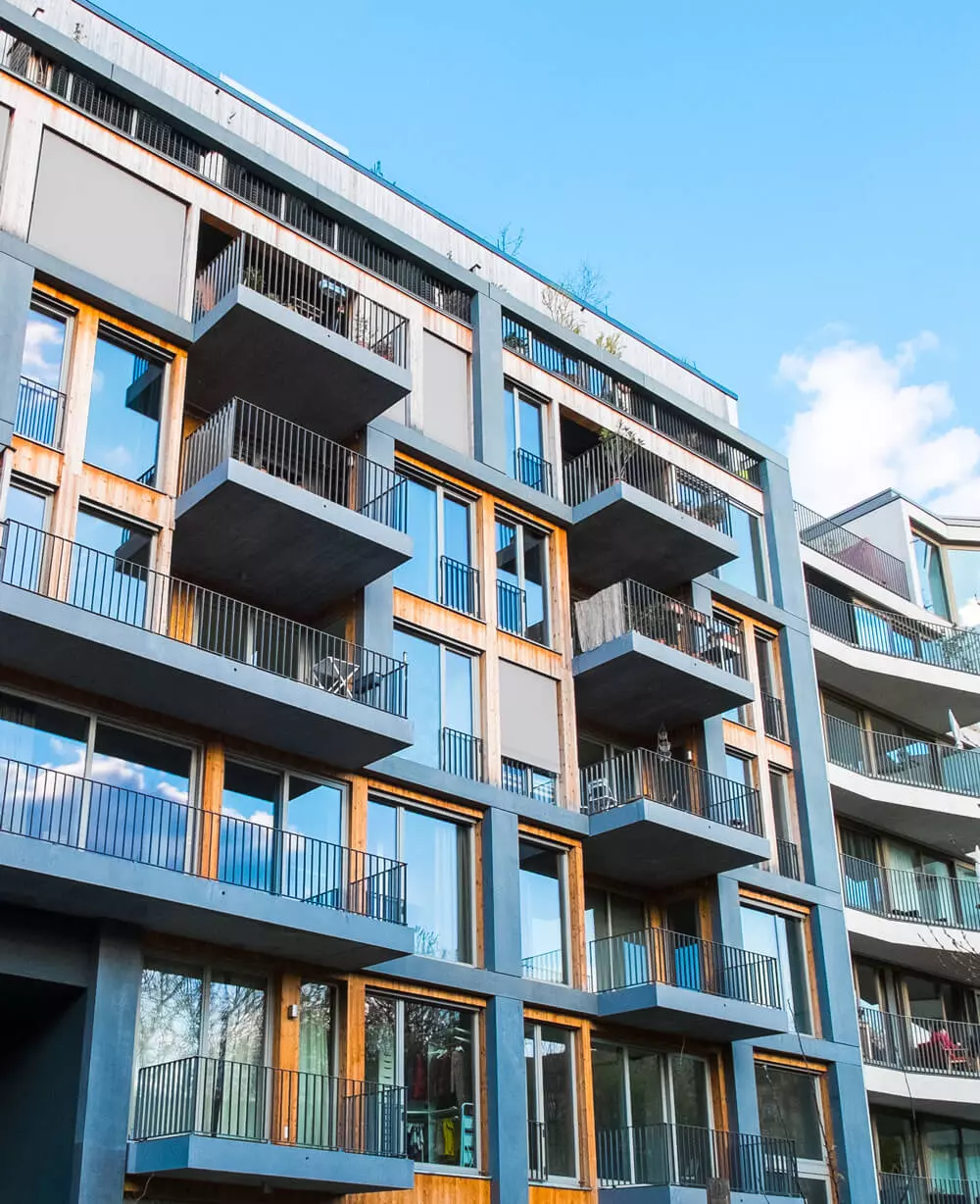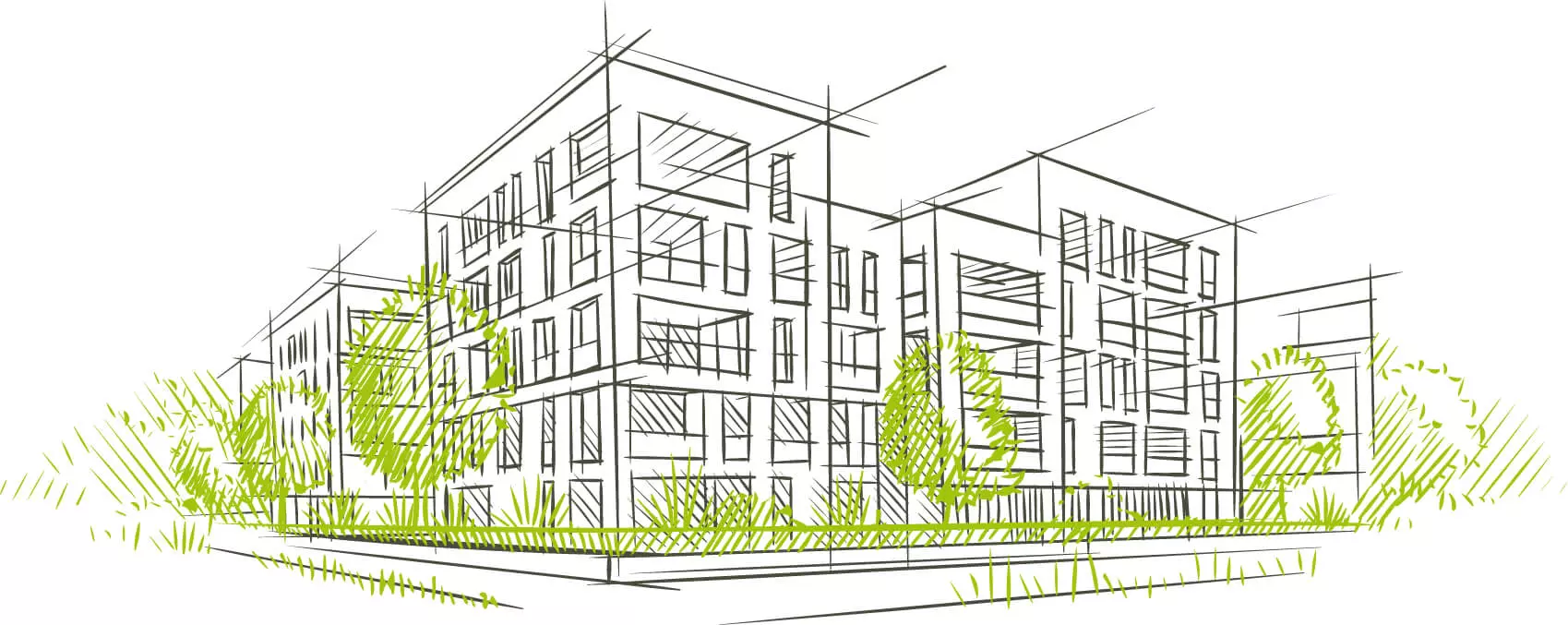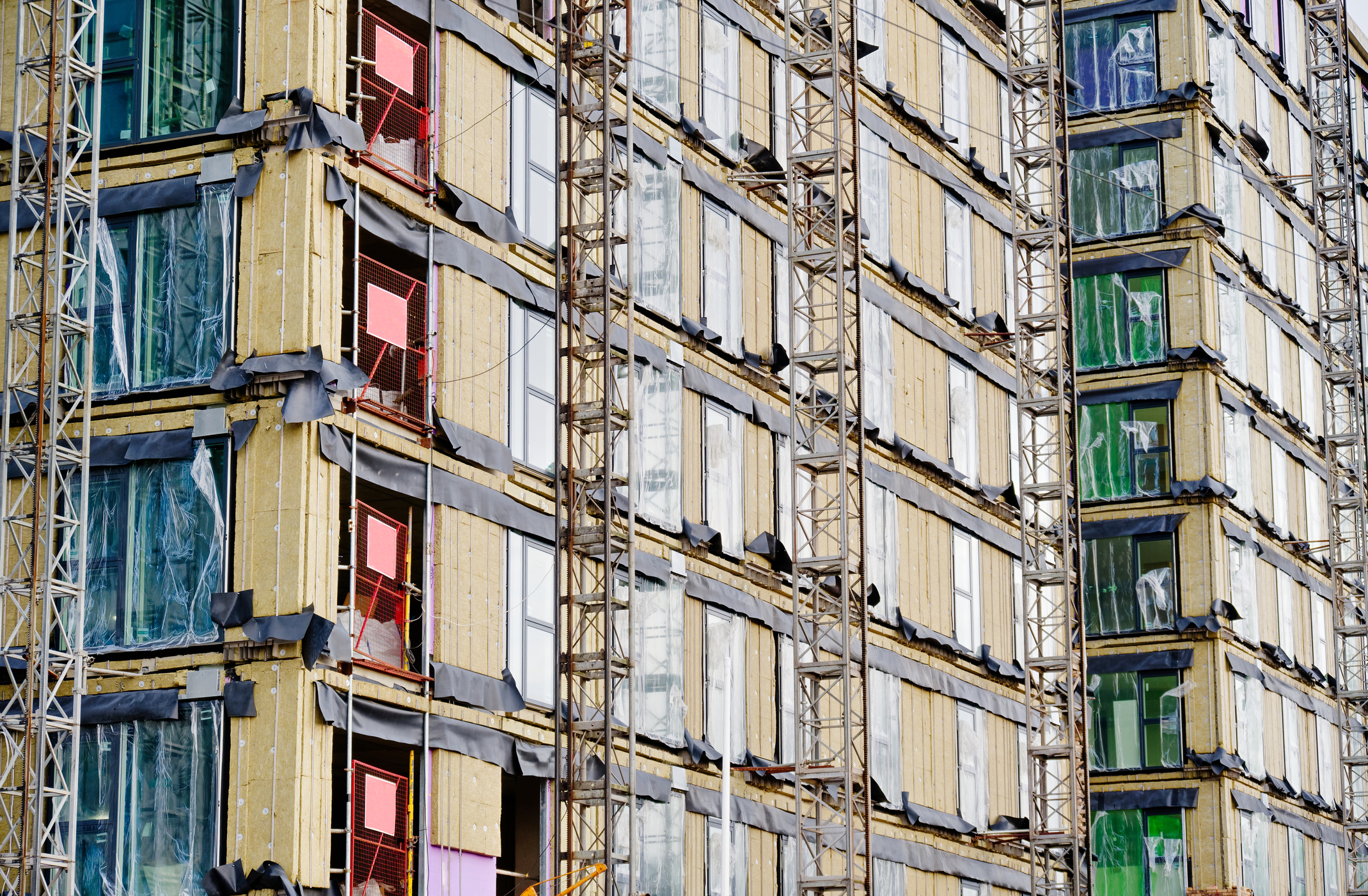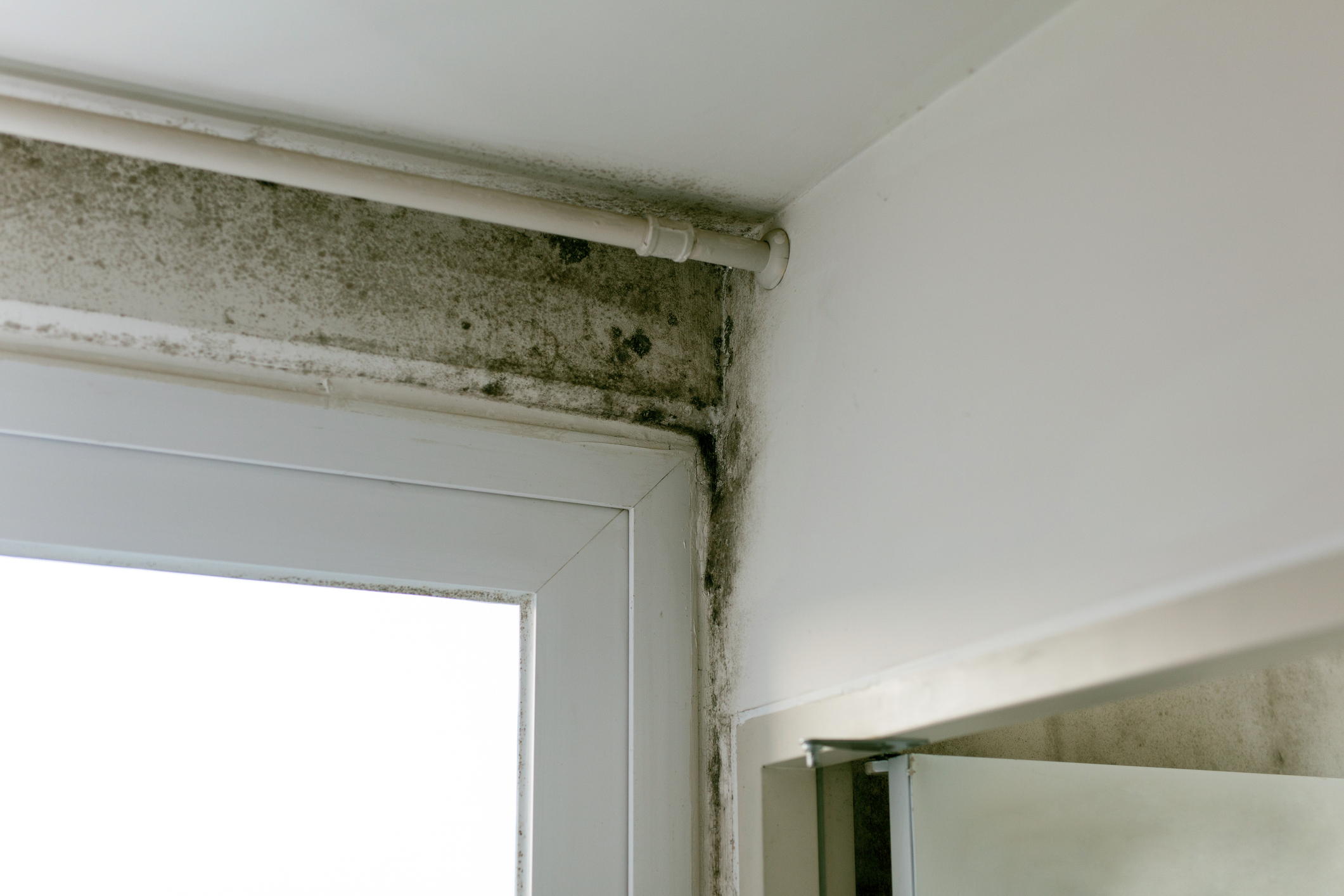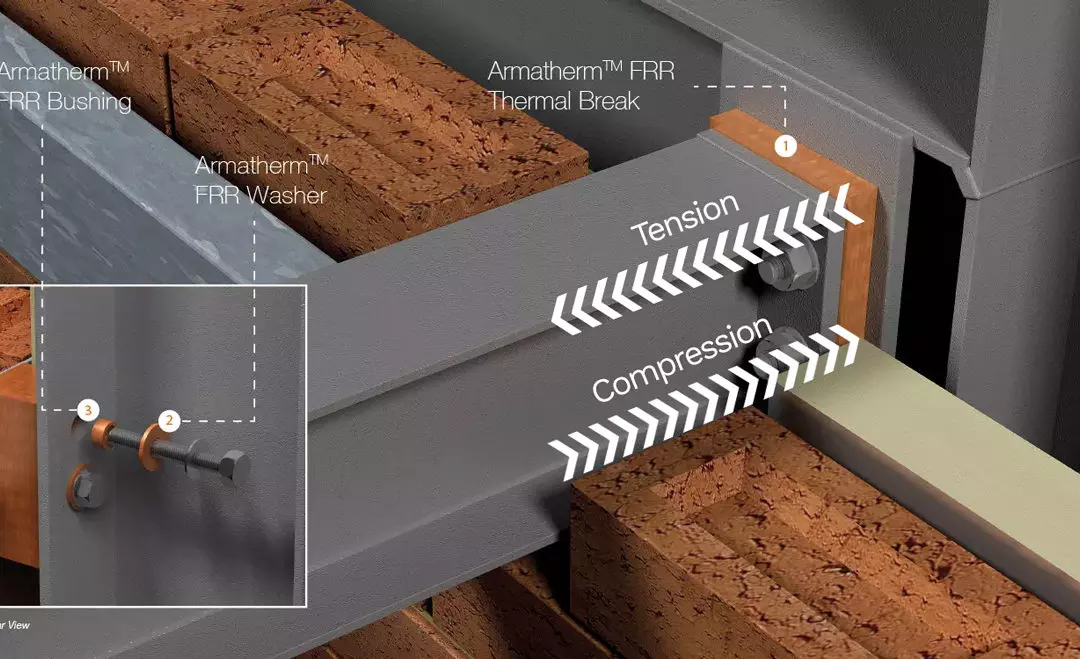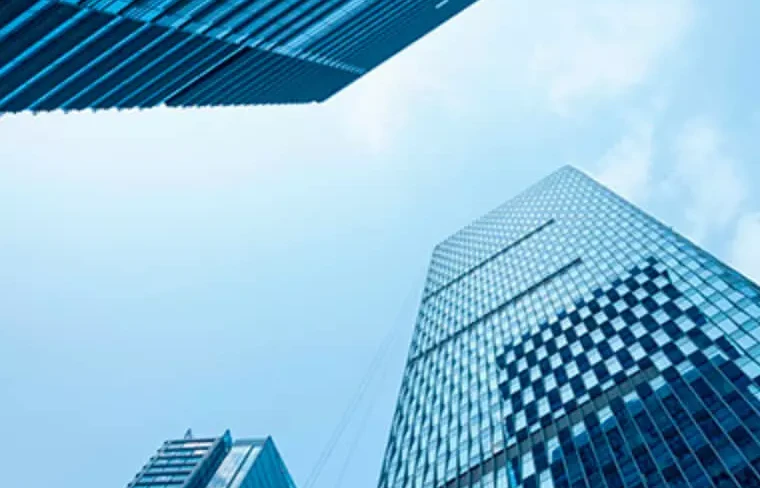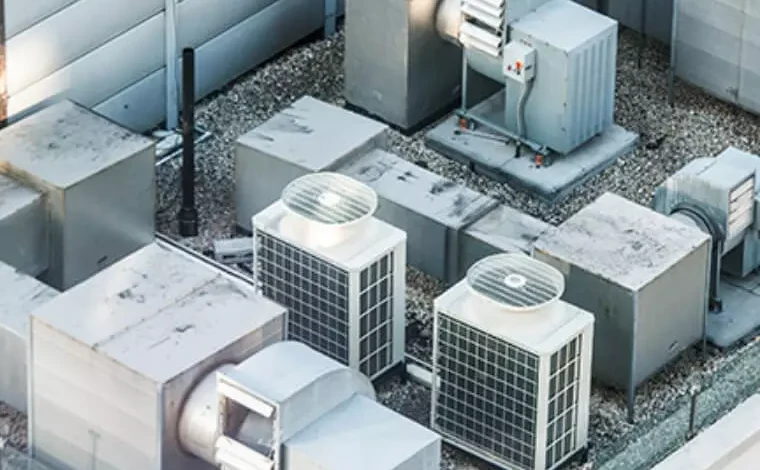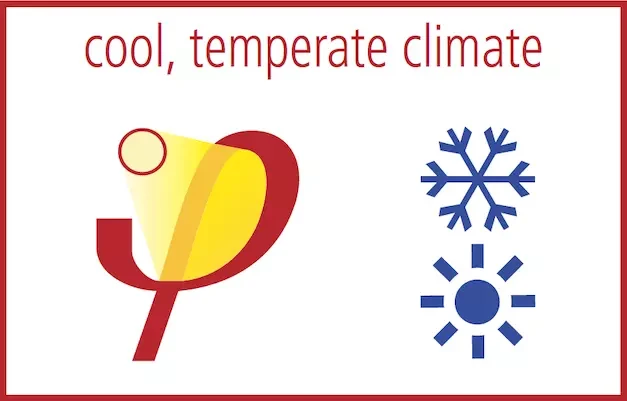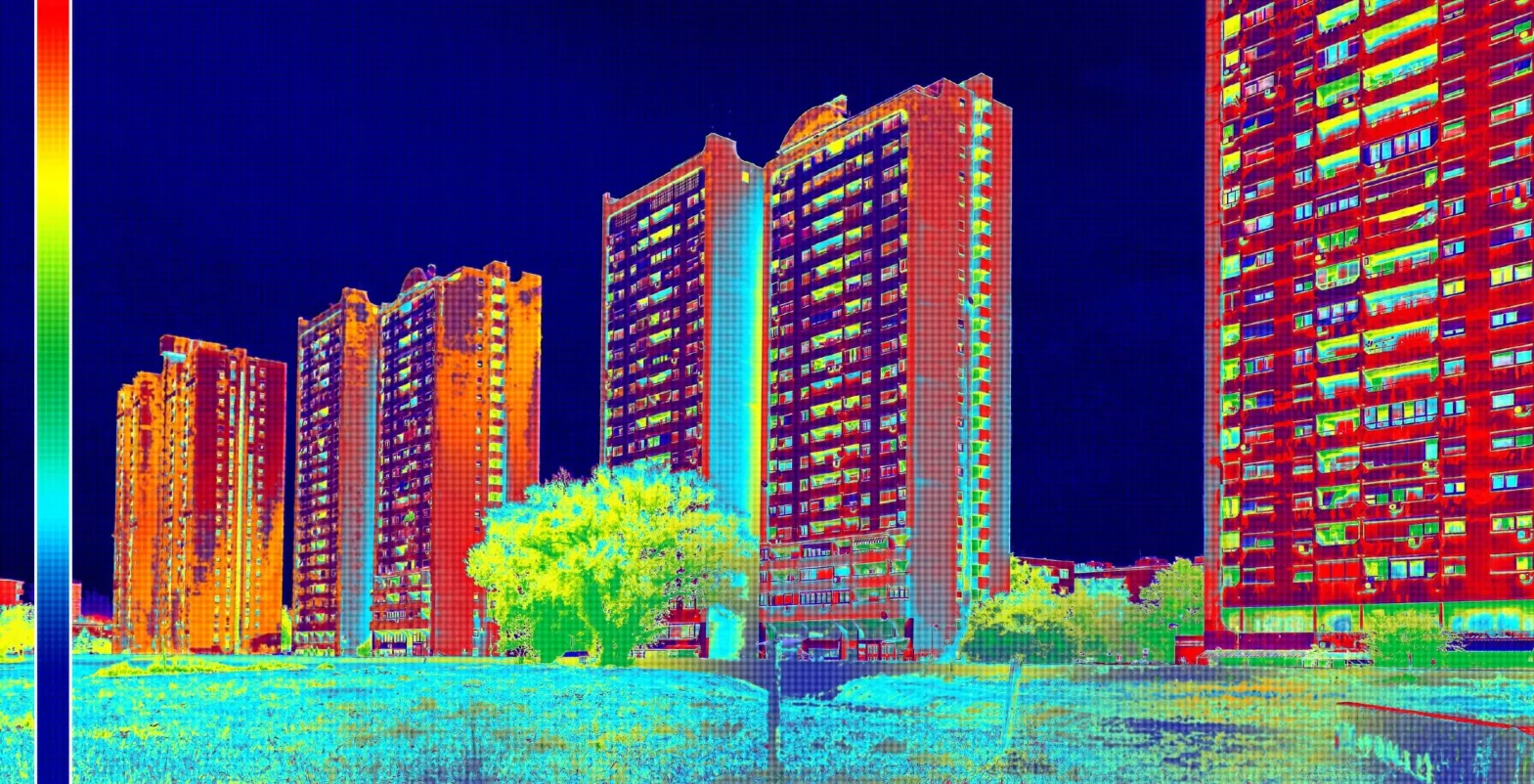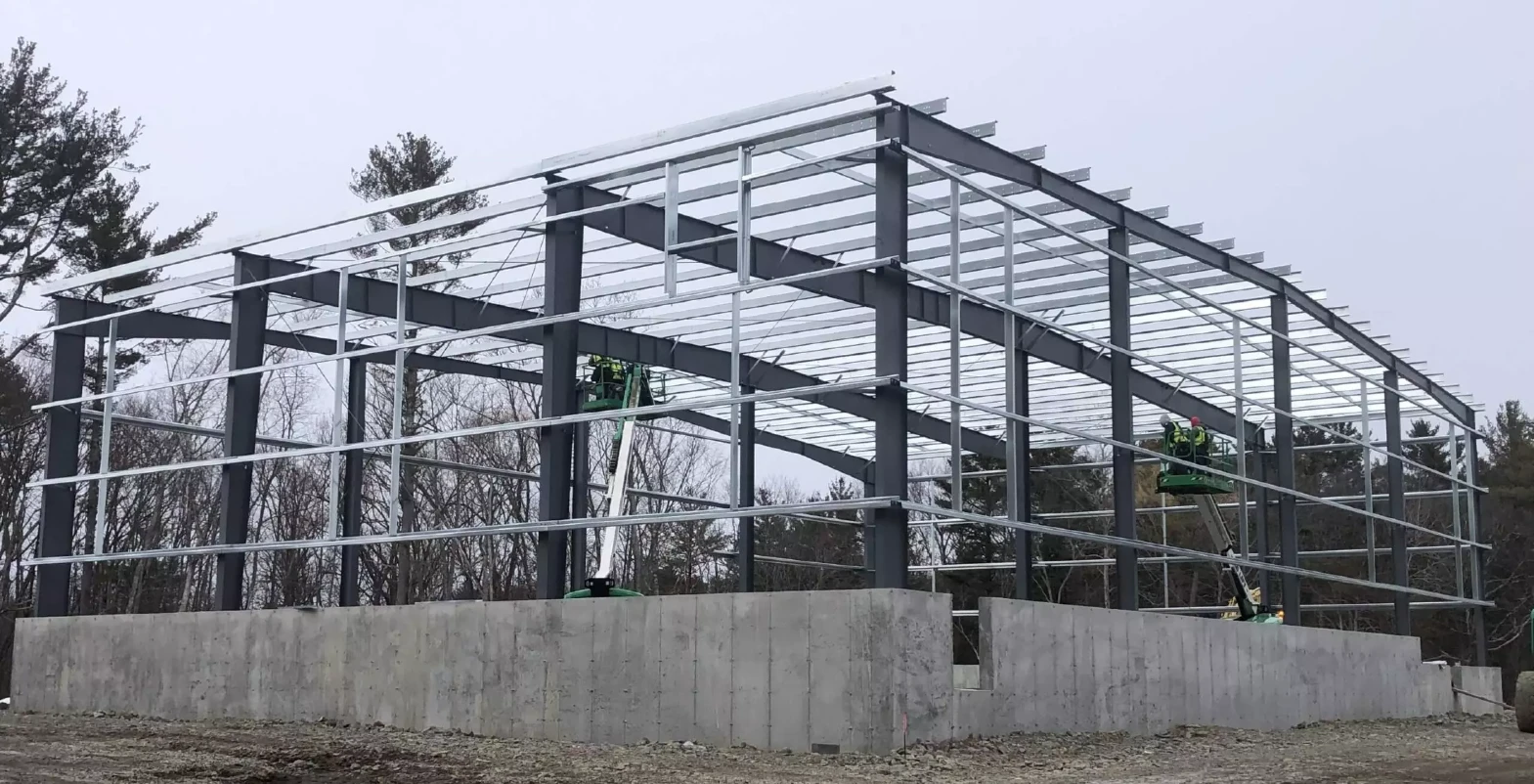
Are thermal breaks overlooked?
For a brighter future for the construction industry, the EU has established a legislation outline including the Energy Performance of Buildings Directive 2010/31/EU and the Energy Efficiency Directive 2012/27/EU. This is to help with:
- Achieving a highly energy efficient and decarbonised building stock by 2050
- Creating a stable environment for investment decisions
- Enabling consumers and businesses to make more informed choices to save energy and money
This means architects are taking energy efficiency into account more than ever to ensure structures created will stand the test of time and meet future regulations that come into play. Despite this, thermal breaks are frequently overlooked in construction projects.
Buildings that do not incorporate effective thermal breaks will suffer the consequences, particularly when it comes to energy loss. As heat is lost through structures that are poorly insulated, this affects the energy efficiency of the entire building, making the structure less economical. Using a thermal break can reduce energy loss by 80% for commercial properties, making massive savings on the running costs of these buildings.

As architects continue to work with developers to create sustainable, energy efficient buildings, understanding the latest technologies available on the market, such as thermal breaks, has never been more important.
To find out more about thermal breaks and how Armatherm can help you with upcoming construction projects, get in touch with the team.
Contact Armatherm here.

